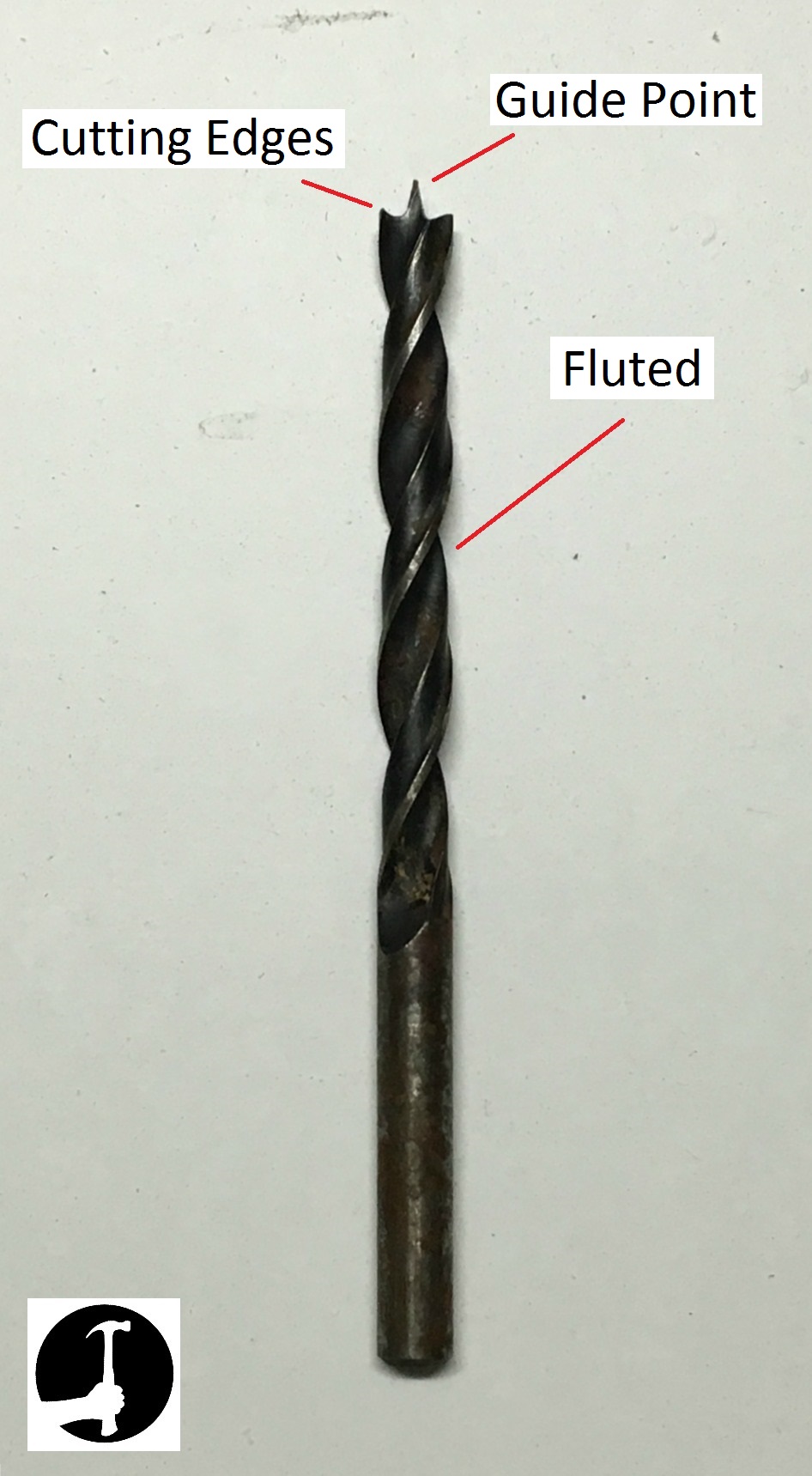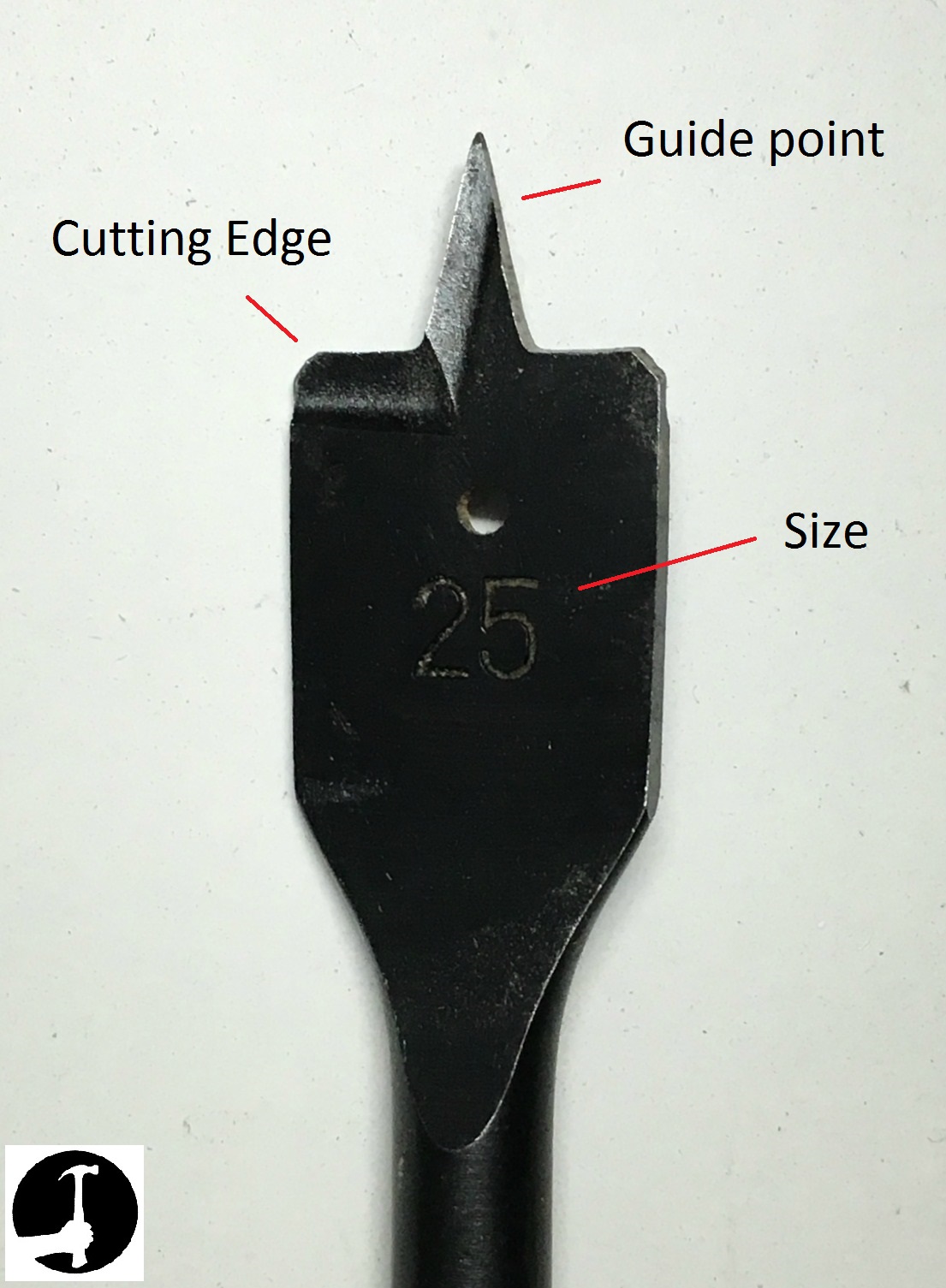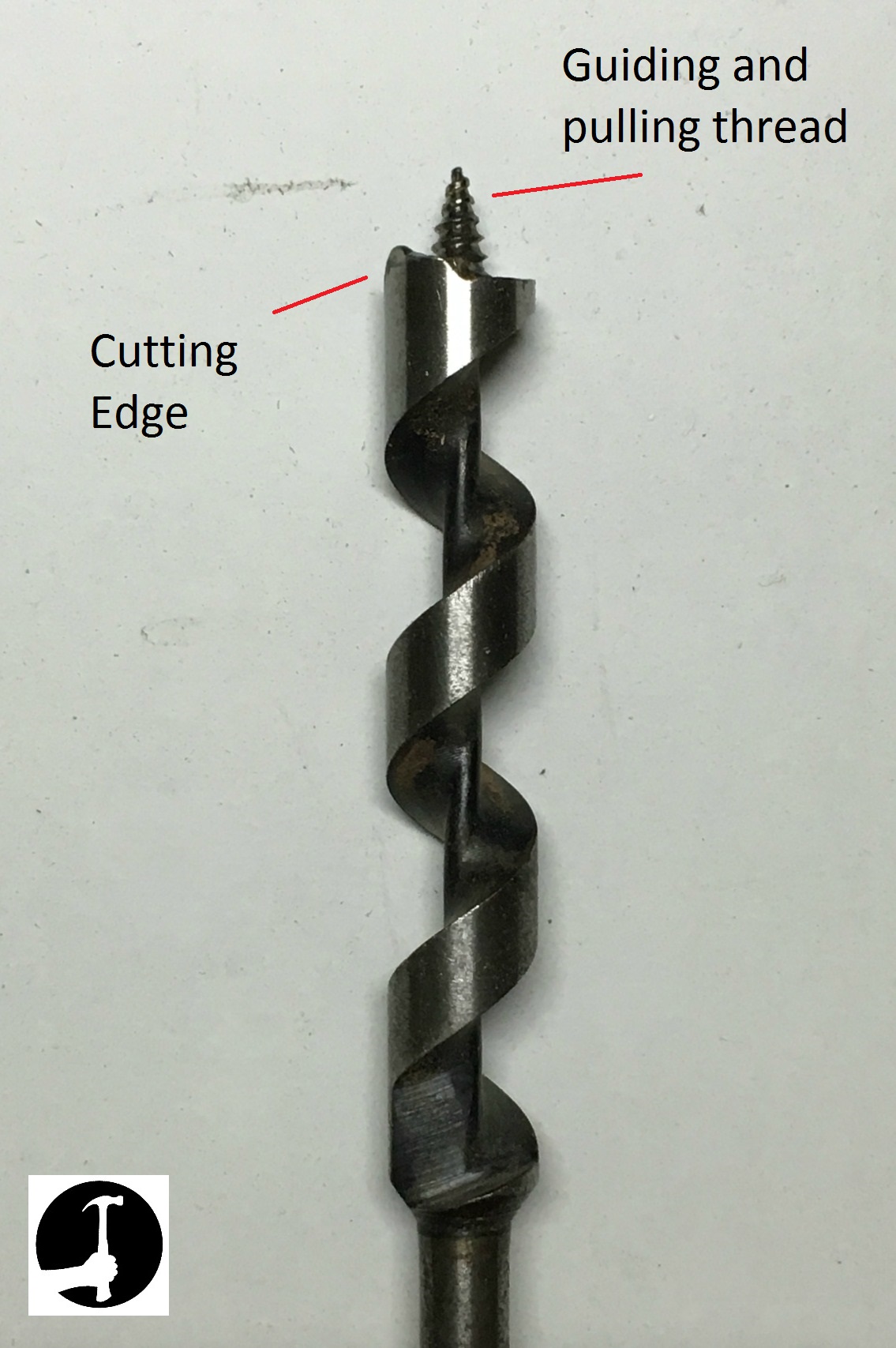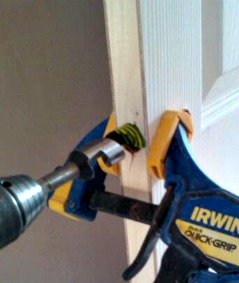How to Drill Wood Properly
Drilling Small, Medium & Large holes in timber without splitting it
Knowing how to drill wood might sound obvious but there are several different types of drill bits available to use depending on the depth, size and type of hole you want to drill. Additionally it is easy to split timber or damage it if you don't drill correctly.
This page tells you everything you need to know ensuring you don't split the timber and if Screwdriving that you achieve as strong a joint as possible.
How to drill small holes in wood
To drill small holes in wood you need brad point drill bits that are specifically designed for use in timber. These bits are perfect for drilling pilot holes for screws and other small holes without splintering the timber.

Brad point drill bits like these are generally available up to 10mm in size and have a point on the end that starts the cut and keeps the bit in the right place. This helps to drill in the right place and helps prevent it from slipping as you start to drill the hole.
Technique wise, after marking the position of the hole to drill place the bit against the timber and start to drill. Using a medium to fast speed apply pressure and move the bit back and forth whilst drilling in order to help clear the waste material out of the hole.
In order to drill the correct depth of hole, if you don't have a depth stop for your drill you can put sticky tape round the drill bit where you need to stop so you have a visual guide.
If both sides of the material you are drilling will be seen, like a door handle for example it is better to mark out and drill from both sides. This will help ensure you don't splinter the timber out and that the hole is perfectly straight all the way through.
How to drill medium holes in timber
I have both auger drill bits and also flat/spade wood drill bits for drilling larger holes like when drilling door latches and locks for eg. Auger bits are easier to drill straight holes with because of the length of the bit and are great for morticing timber. Flat wood or spade drill bits are less likely to split the timber you are drilling, but slightly more likely to wander off course and not drill perfectly straight (if drilling a deep hole).
With both types of drill bit, you need to use a slower speed than for the smaller holes above.

Both types of drill bit are available from 10 to 25mm, in short stumpy versions and then average up to 150mm long. It is possible to get 400mm Auger bits too for really deep holes.
TIP!
One way to prevent splitting the timber when drilling holes with an auger or flat wood bit is to place a clamp on like this;

How to drill large wood holes
For even large holes in wood than that, you need to use a set of hole saws. These are generally used by plumbers to drill holes for pipes and are available in sizes from 19 - 57mm.
The saw is made up of an arbor that holds a pilot bit and a round tube with very sharp cutting teeth on. The pilot bit can have a flat shank that will be held in place by a grub screw in the arbor. This bit will protrude out past the saw teeth and therefore centre the saw, helping to ensure you stay on track instead of wandering across the face of the timber.
When using a hole saw it is important to use a low gear and speed setting. Too fast and you risk the saw biting and spinning the drill instead of the bit. You will also only be able to drill down as deep as the depth inside the saws body. To go any deeper than this, drill as deep as possible, remove the saw and then chisel out the waste timber (you could use a small auger or flat wood bit to remove some of this waste quicker too). When you get down to the correct depth you can switch back to the hole saw and keep going.
Wherever possible mark and drill through from both sides of the timber. This is quicker and also helps avoid break-out when the bit finally comes through.
The off-cut you have removed can be a pain to get out of the saws body after drilling. To do this often it is easier to unscrew the saw body from the arbor and poke a screwdriver or something strong through the hole in the bottom pushing the off-cut out.
Click here to go back to the main drilling page